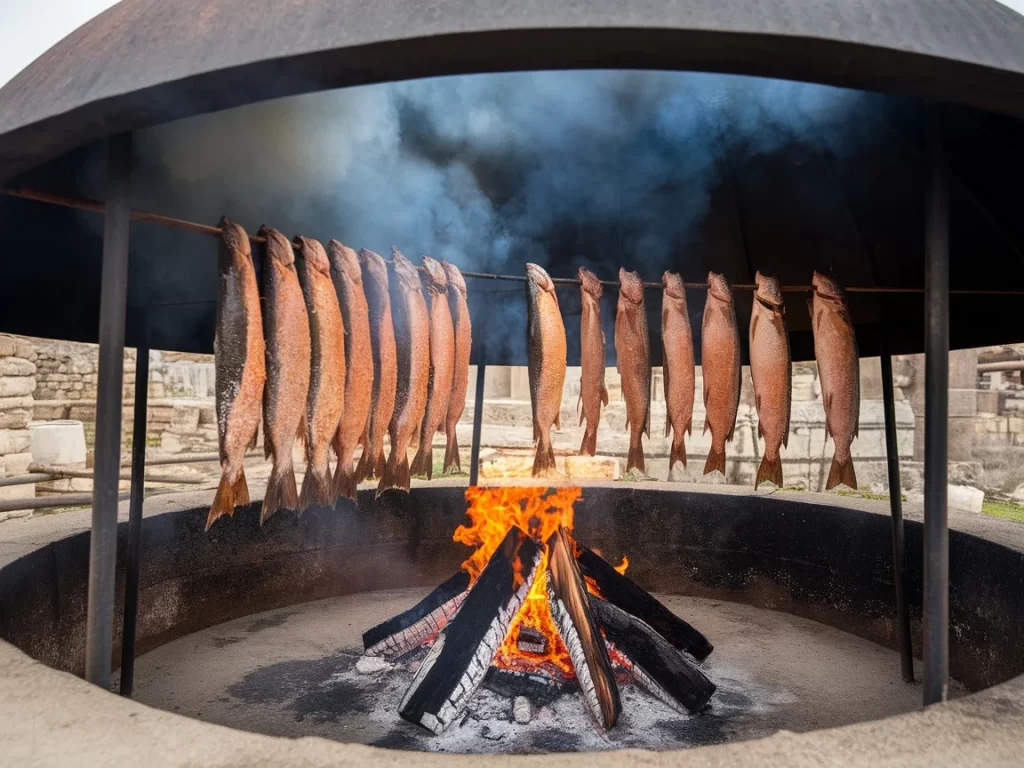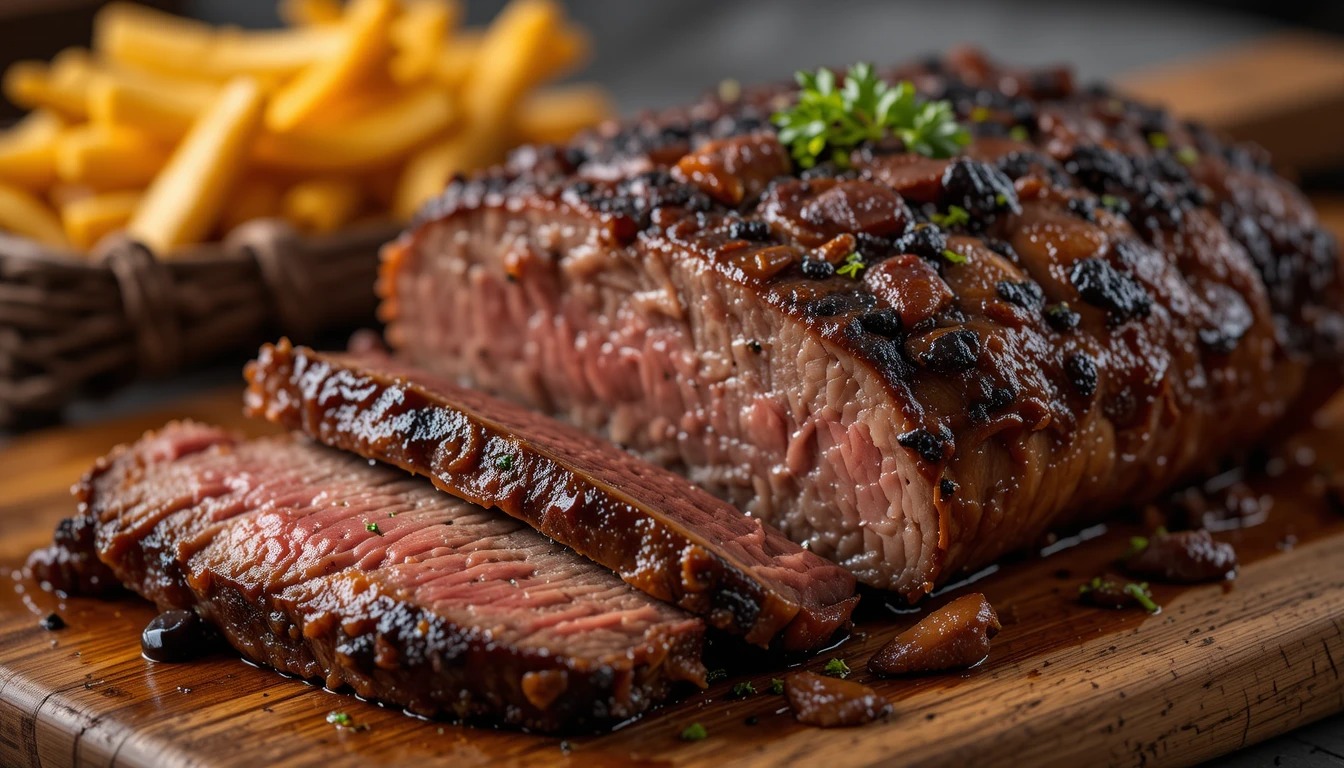
Ah, the irresistible aroma of smoked fish wafting through the air! There’s nothing quite like it, is there? Whether you’re a seasoned pitmaster or a curious beginner, preparing fish for smoking is an art that can transform your culinary adventures. Did you know that smoking fish dates back thousands of years as a preservation method? Today, we’ve refined this ancient technique into a flavor-packed experience that’ll make your taste buds dance! In this guide, we’ll dive into the world of fish smoking preparation, equipping you with the knowledge to create mouthwatering delicacies that’ll impress even the most discerning palates. So, grab your apron, and let’s get started on this smoky journey!
Selecting the Perfect Fish for Smoking
Let me tell you, there’s nothing quite like the smell of fish slowly smoking over aromatic wood chips. It’s a culinary art that I’ve been perfecting for years, and I’m excited to share some of my hard-earned wisdom with you. First things first: choosing the right fish is crucial to getting that mouthwatering result we’re all after.
Now, I’ve made my fair share of mistakes when it comes to selecting fish for smoking. One time, I thought I’d be clever and use some fish that was on sale at the supermarket. Big mistake! The end result was, well, let’s just say it wasn’t my proudest culinary moment. Trust me, you want to start with fresh, high-quality fish. It makes all the difference in the world.
When I’m at the fish counter, I always keep an eye out for popular smoking options like salmon, trout, mackerel, and tuna. These fish have proven time and time again to be excellent choices for smoking. But here’s a little secret I’ve learned over the years: pay attention to the fat content. Fattier fish tend to absorb more smoke flavor, which can lead to a richer, more complex taste. It’s like they’re little flavor sponges!
If you’re feeling adventurous and want to try smoking a whole fish (which, by the way, can be a real showstopper at dinner parties), there are a few things to look out for. I always check for firm flesh and bright, clear eyes. These are telltale signs of freshness. Oh, and here’s a pro tip: give the fish a gentle poke. If the flesh springs back, you’re good to go. If it leaves an indentation, maybe keep looking.
Now, when it comes to fillets, I’ve learned to always opt for skin-on varieties. The skin acts like a natural barrier, helping to retain moisture during the smoking process. Plus, it can crisp up beautifully, adding an extra layer of texture to your finished dish. Just thinking about it makes my mouth water!
Essential Preparation Steps for Smoking Fish
Alright, so you’ve picked out your perfect fish. Now what? Well, let me walk you through the essential prep steps that’ll set you up for smoking success.
First things first, we need to get that fish squeaky clean. I can’t stress this enough – thoroughly clean and rinse your fish to remove any scales or debris. I once skipped this step in a rush, and let’s just say I won’t make that mistake again. Nobody wants a mouthful of scales with their smoked fish!
Next up, we’ve got to deal with those pesky pin bones. Now, I’ll admit, the first time I tried to remove pin bones, it was like a comedy routine. I was fumbling around, muttering under my breath, probably looking like I was performing some bizarre fish surgery. But practice makes perfect! Grab yourself a pair of tweezers or needle-nose pliers and gently pull out those bones. Your future self (and your dinner guests) will thank you.
Once your fish is clean and deboned, it’s time to pat it dry. I use paper towels for this, making sure to get the fish as dry as possible. This step is crucial for proper smoke absorption. Think of it like this: if your fish is wet, the smoke will have a harder time penetrating and flavoring the flesh.
Now, here’s where things get interesting – the brine. Creating a brine solution is like giving your fish a flavor bath. It enhances both the taste and texture of the final product. I remember the first time I brined my fish before smoking. The difference was night and day! The flesh was more tender, more flavorful, and just all-around better.
After brining, there’s one more critical step: allowing the fish to air-dry in the refrigerator. This forms what’s called a pellicle – a thin, tacky layer on the surface of the fish that helps the smoke adhere better. I usually let my fish air-dry for a few hours, or even overnight if I have the time. Trust me, it’s worth the wait.
Seasoning and Flavoring Techniques for Smoked Fish
Now we’re getting to the fun part – seasoning and flavoring! This is where you can really let your creativity shine. Over the years, I’ve experimented with all sorts of combinations, some more successful than others (let’s not talk about the time I went overboard with the cayenne pepper).
One of my favorite techniques is using dry rubs. These typically contain a mix of salt, sugar, and various spices. I love playing around with different combinations – a little paprika here, some garlic powder there. The key is to find a balance that complements the natural flavor of the fish without overpowering it.
If you’re feeling a bit more adventurous, marinades can be a great way to add depth to your smoked fish. I often use a mix of herbs, citrus, and aromatics. There’s something magical about the way a good marinade can transform a simple piece of fish into something extraordinary.
Now, let’s talk about wood chips. Choosing the right wood can make a huge difference in the final flavor of your smoked fish. I tend to gravitate towards milder woods like alder or apple for most fish, but sometimes I’ll use hickory for a stronger smoke flavor. It’s all about experimentation and finding what you like best.
Before you put your fish in the smoker, here’s a little trick I’ve picked up: brush it lightly with oil. This helps prevent the fish from sticking to the grates, which can be a real headache when it’s time to serve. Plus, it gives the fish a nice sheen.
And finally, don’t forget about glazes and sauces! These can be a great way to add a final burst of flavor to your smoked fish. I love brushing on a sweet and tangy glaze during the last few minutes of smoking. It caramelizes beautifully and adds an extra layer of complexity to the dish.
Remember, smoking fish is as much an art as it is a science. Don’t be afraid to try new things and make mistakes – that’s how we learn and improve. Happy smoking!
Conclusion
Congratulations! You’re now armed with the knowledge to prepare fish for smoking like a pro. Remember, practice makes perfect, so don’t be afraid to experiment with different fish, seasonings, and techniques. The world of smoked fish is vast and delicious, offering endless possibilities for culinary creativity. So fire up that smoker, put your newfound skills to the test, and get ready to savor the incredible flavors you’ve created. Happy smoking, and may your fish be perfectly prepared and irresistibly delicious!
FAQ
Q1: How long should I brine my fish before smoking?
A1: Typically, 2-4 hours for fillets and 4-8 hours for whole fish, depending on size and thickness.
Q2: Can I smoke frozen fish?
A2: It’s best to thaw fish completely before smoking for even cooking and better flavor absorption.
Q3: What’s the ideal internal temperature for smoked fish?
A3: Aim for 145°F (63°C) at the thickest part of the fish for food safety.
Q4: How do I prevent my fish from drying out during smoking?
A4: Brining, using skin-on fillets, and maintaining proper smoker temperature help retain moisture.
Q5: Can I reuse the brine for multiple batches of fish?
A5: For food safety reasons, it’s best to prepare fresh brine for each batch of fish.


